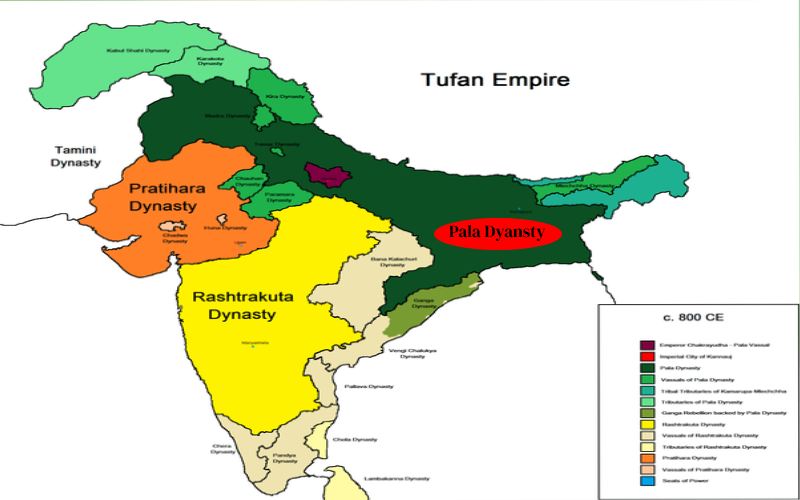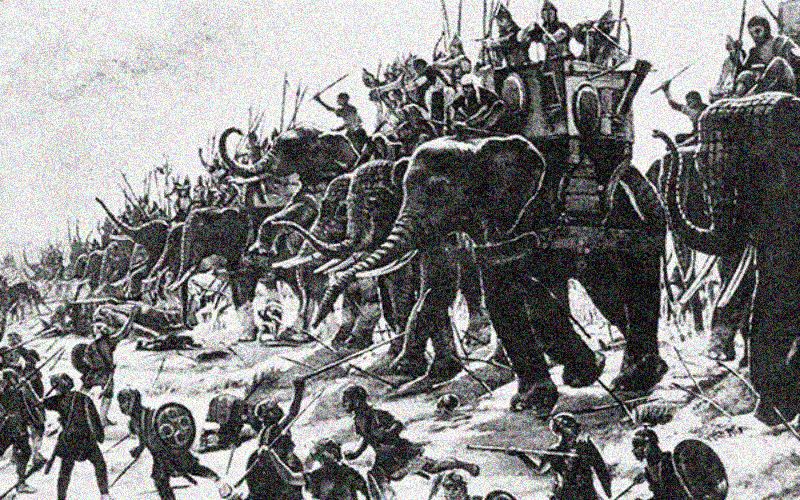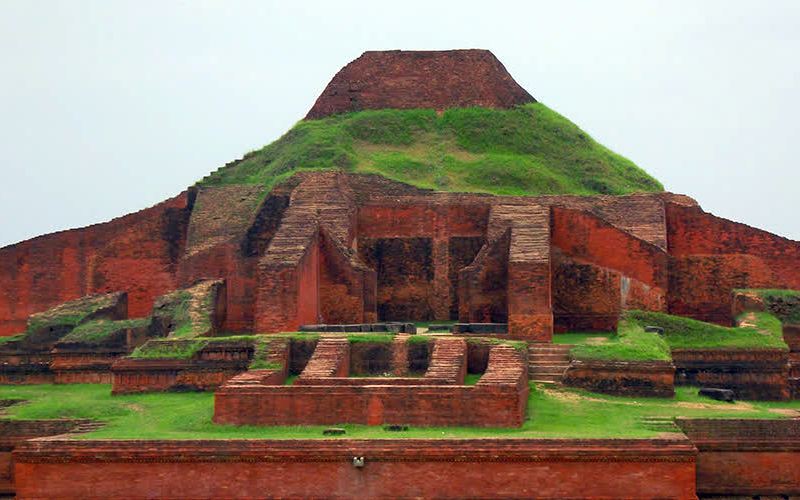
After the death of Shashanka (Around 625 C. E.), the first true ruler of the Bengal region, his son and successor, Manava, failed to hold on to his father’s kingdom for less than a year. Soon, Matsyanyay i.e., Rule of Fishes (Big fish eats small fish) came into effect as the land was riddled with feudal lords battling for power. Lawlessness became the law there.
This reign of darkness extended for over a hundred years. But in the end, rose one of the greatest kingdoms in the history of the subcontinent which ushered in a time of peace and prosperity for over four centuries. Today, I write about the magnificent Pala Dynasty of Eastern India.
The foundation of the dynasty was laid by Gopala. Gopala was unlikely to be from any royal lineage but was probably a chieftain himself. But possibly decades of unrest and lawlessness made the other chieftains accept him as a “First among equals” which proved to be a wise choice.
For the first time since Shashanka, peace and stability were restored in the land and the common man breathed a sigh of relief. The foundation created by Gopala was considerably strengthened by his son, Dharmapala, and grandson, Devapala. These two rulers considerably expanded the boundaries of the kingdom.

At its peak, the kingdom extended beyond Bengal and covered significant parts of Northern India (present day Bihar, Jharkhand, Uttar Pradesh etc.), and Nepal. However, it also brought the Palas into direct conflict with two other major Indian kingdoms, the Gurjara Pratiharas of Western India and the Rashtrakutas of Southern India. This tripartite conflict, often known as the Kannauj Tripartite Conflict, went on during the 8th & 9th centuries.
After Devapala, the power of the Palas declined as Mihirabhoja, the Pratihara king, attacked and defeated the Pala forces. Taking advantage of the situation, several vassals declared independence, most notable being in the Assam region. From this despair, the kingdom was rescued by Mahipala I who ascended the throne in 988 C. E. Mahipala recovered several lost territories and restored a semblance of order. However, between 1021 and 1023 C. E., Rajendrachola I’s army attacked the Pala territories several times and inflicted crushing defeats on Mahipala I. The Chola armies took away elephants, women, and treasury and left only a skeleton of the once great Pala Empire devoid of its former glories.
With the Pala power waning, attacks from Southern India became more frequent. One of the most significant of these was the raid by the Chalukya king, Vikramaditya VI, who defeated Vigrahapala III. Several Chalukya soldiers stayed back after the war, and it is from them rose the next great dynasty to rule Bengal, the Senas. But that is a story for another day.
Like a lamp that flickers one last time before getting extinguished, the Pala dynasty raised its mast one last time during the rule of Ramapala (Around 1070s C. E.). Ramapala recovered significant chunks of erstwhile Pala territories, vanquished rebellions in East Bengal, conquered Kamrup (In present day Assam) and most importantly, entered into a treaty with the Chola Empire reducing possibilities of attacks from Southern India. After Ramapala, the Pala kingdom gradually disintegrated till in 1161 C. E., the Sena dynasty replaced them as the supreme powers of Bengal.
Although Shashanka is widely accepted as the first monarch to rule over Bengal, his reign was marked by wars and military action. The Pala dynasty in that way is very important because they were the ones who established a proper and well-functioning administration. They created geography-based administrative units. The entire territory was divided into Bhukti-s (Provinces) which were further divided into Vishaya-s (Divisions) and Mandala-s (Districts). They were very similar to the modern administrative structure seen in India and many other countries. A common chain of administration ran from the lowest unit right up to the royal court with the king as the supreme power.

The Pala administration also created distinctive administrative positions for different geographical units as well as roles. While the religion of Gopala, the founder, remains unclear, the subsequent Pala kings were followers and great patrons of Mahayana Buddhism. They built several impressive structures like the Odantapuri and Vikramshila monasteries and restored the Somapuri Mahavihara.
The Nalanda University reached the peak of its excellence during the Pala rule. During Devapala’s rule, Balaputradeva, the King of Java, sent an ambassador to the Pala court requesting for a grant of five villages at Nalanda for construction of a structure for the university. Some of the greatest Buddhist scholars made their mark during the Pala rule like Atisha, Santaraksita, Saraha, Tilopa, Bimalamitra, Dansheel and so on. They also travelled far and wide in spreading the message of Buddhism like Atisha’s famous visits to Tibet and Sumatra.
Despite being devout Buddhists, the Palas were religiously tolerant. They donated generously for the construction of Hindu temples as well. Narayana Pala personally established a temple dedicated to Lord Shiva. Unfortunately, most of the structures built by the Palas were razed to ground during Bakhtiyar Khilji’s conquest and subsequent Islamic invasions.
One of the interesting aspects of the Pala rulers was their impressive naval power that was used for both military as well as mercantile purposes. The Pala kings had trade and diplomatic relations with the Tibetan kingdom, the Srivijaya Empire of Sumatra and the Arab Abbasid Caliphate. The Grand Library of Baghdad, aka, the House of Wisdom, absorbed several mathematical and astronomical achievements from the Palas.
The Pala period was historically known as the Golden Period in Bengal history ushering in great prosperity, after a century and more of darkness. The period was also marked as a pinnacle of Bengali art, literature and architecture including the origin of the miniature painting style. The Proto-Bengali language, an important step in evolution of the modern Bengali language, developed during the Pala rule.
It is truly an empire that needs to be remembered and celebrated.

Based out of Kolkata, Trinanjan is a market researcher by profession with a keen interest in Indian history. Of particular interest to him is the history of Kolkata and the Bengal region. He loves to write about his passion on his blog and also on social media handles.
NEXT ARTICLE

At the southernmost tip of this mesmerising ensemble lies the majestic Great Nicobar Island, boasting an impressive landmass of about 910 square kilom...

Bharath has always been a land traversed by spiritual masters/ Guru since time immemorial. These spiritual masters have always upheld the core princip...

South India contains its fair share of unique pilgrimage centres. These divine places of worship have a prominent Sthala Purana, devoted followers, di...